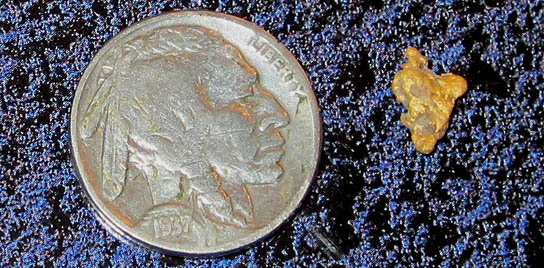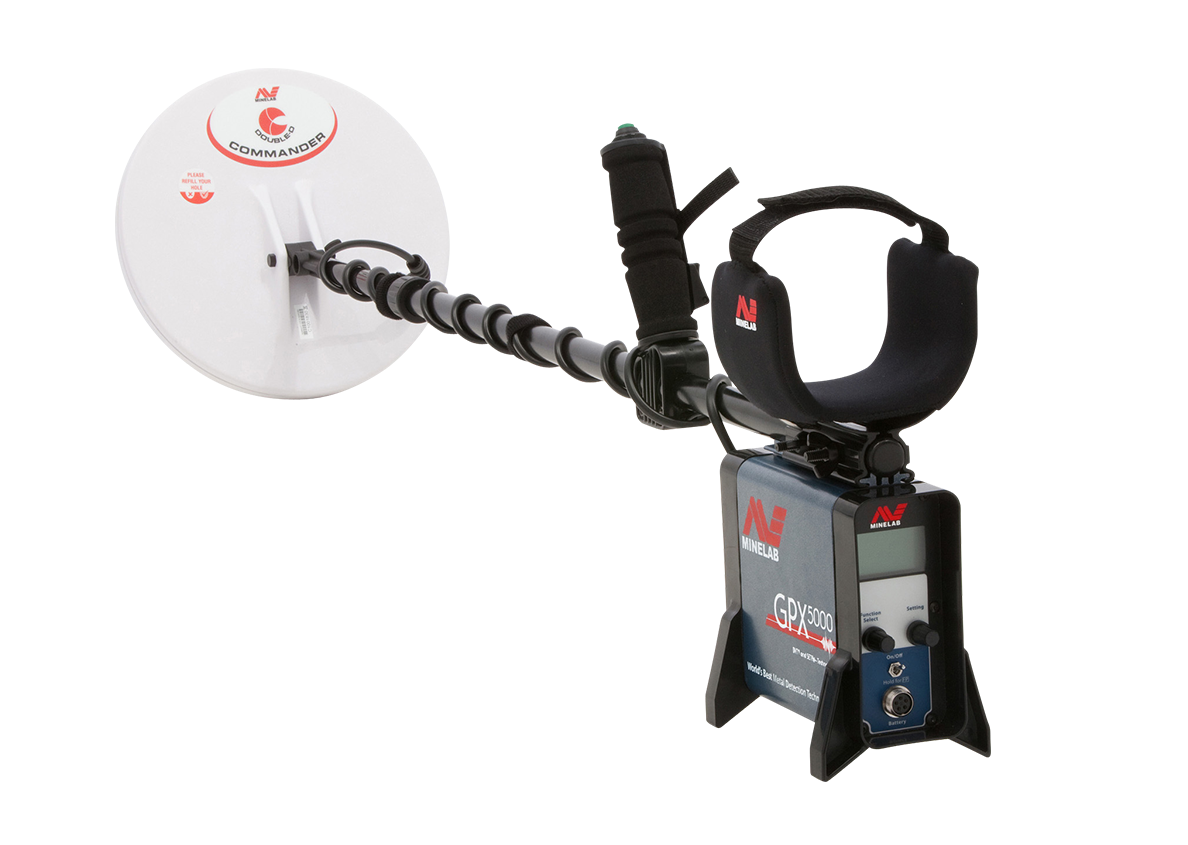The GPX 5000 has quite an array of Timings and selecting the right Timing to get the most out of this detector requires a little understanding of the ground you are working. Certain Timings work better in certain environments, and understanding the gold bearing ground conditions is an advantage in choosing the best Timing. However sometimes using a pair of Timings can be even more powerful.
I recently had a chance to spend a day detecting for nuggets in Arizona during a business trip. I was using Sensitive Extra as the ground where I was prospecting was for the most part pretty mild. There were very few hot rocks, and also a few good sounding hot spots in the ground. Hot rocks can be dug or kicked aside, but hot spots in the ground can be more difficult. If there are too many of these, or the ground is generally noisy, a Timing less susceptible to the affects of iron mineralization would be a good choice. However, where I was, 99% of the ground was very mild – there was just the occasional hot spot here and there. So rather than go with Normal or even one of the smooth Timings, I left my detector in Sensitive Extra, and used Fine Gold as a secondary Timing to check those occasional nasty mineral spots.
Sometimes mineralized ground spots can be broad and sound like deep, faint targets, but at this location they were sharp and sounded like near surface nuggets. When I encountered what I thought might be a hot spot in the ground, I raised my coil up a few inches to test how fast the signal faded as I raised the coil, but I could not always tell reliably with this well known technique (hot rocks and mineralization fade away as you raise your coil much faster than metal targets). To confirm my suspicions about the ground mineralization, I was using a second Timing - switching to Fine Gold, which confirmed the hot spots were what I suspected them to be, as in Fine Gold they simply disappeared, so I could safely ignore them.
You have to be a bit careful with this technique so that you don’t miss out on gold. These were not faint, deep targets, but shallow targets I had already dug on a bit and reached shallow bedrock so I had tested them out and I was pretty sure already that they were hot spots in the ground. I just used Fine Gold as a quick check to confirm my suspicions and eliminate further digging. The only other possibility for these targets were that they were small nuggets sitting on bedrock, and if I’d checked a good nugget target with Fine Gold, they would not have disappeared.
Why is this dual Timing technique so useful? First, I could have just set the detector in Fine Gold or one of the other smooth Timings and just left it there. Yet there is some deep large gold as well as some very tiny gold here. I wanted the maximum level of sensitivity I could get away with, and the ground, with a few exceptions, was quite mild. The place has been well worked, so I was looking for gold that had been missed previously by others. Second, when digging targets, the faster you can work through them the better off you are. If you spend forever getting targets out of the ground, the time you spend fiddling with them is time you could be swinging your detector over more ground and potentially getting more gold. Ground coverage is important and soil noises can be annoying and take longer than many metal targets to deal with. By using two Timings, I was able to quickly dismiss them.

Because I was able to move from one target to another a bit more quickly, near the end of the day I eventually got over a nice one little one gram nugget. With the price of gold these days, a one gram nugget is nothing to scoff at – it’s worth a full $50 US, and I was happy to have it.





















Comments